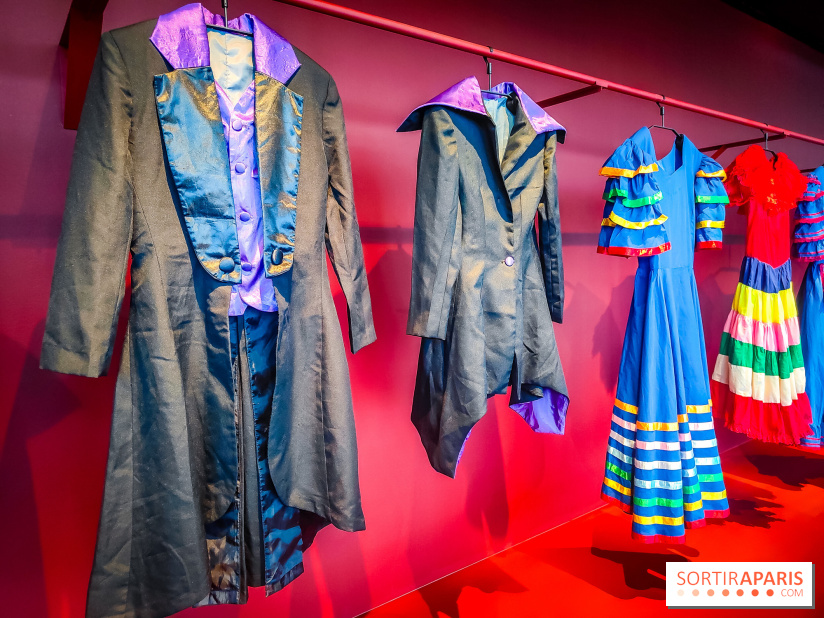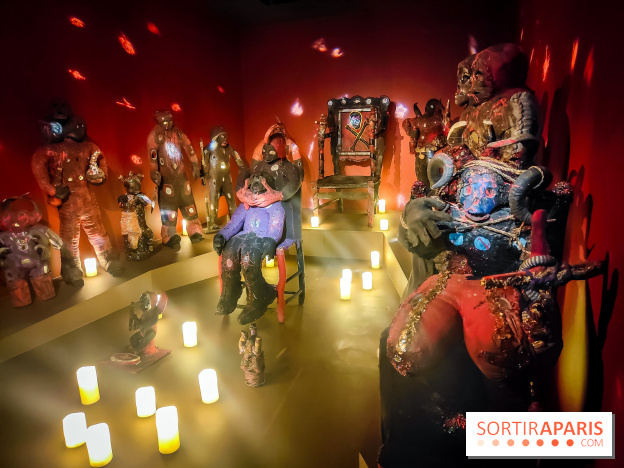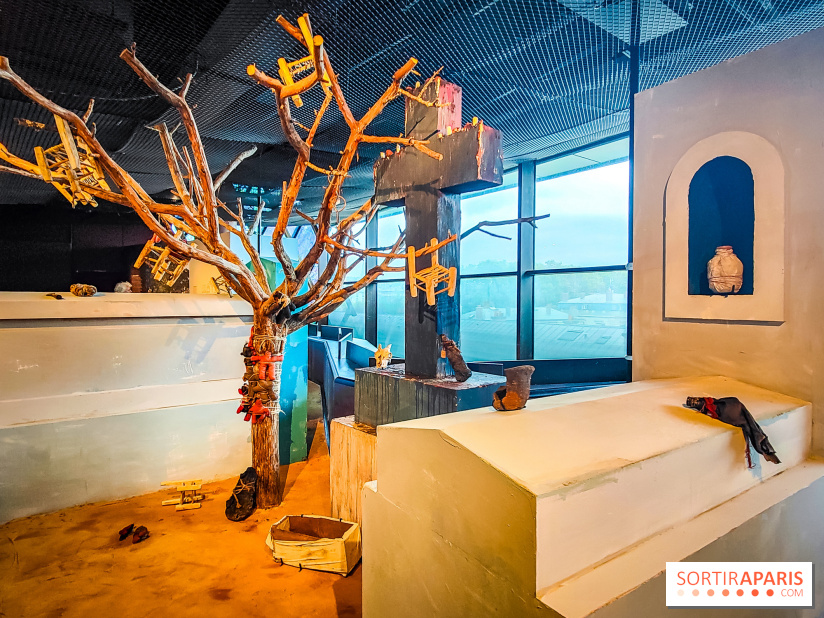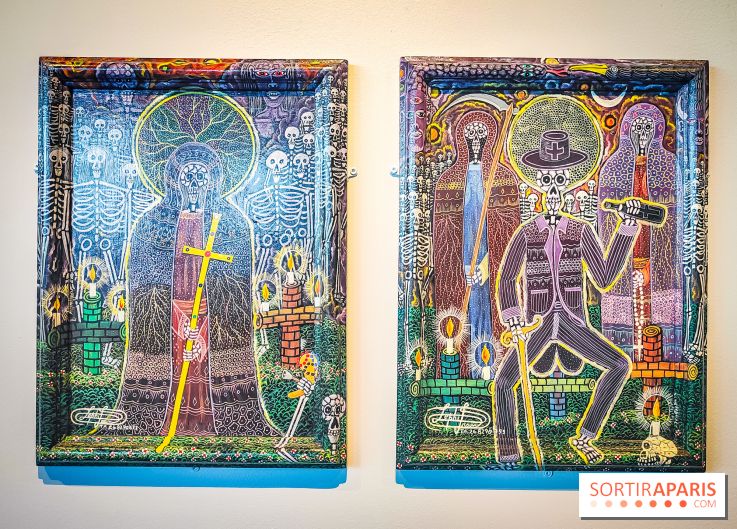Religious beliefs, voodoo rites or monstrous pop culture figures: the zombie is a fascinating creature for many reasons. The Musée du Quai Branly - Jacques Chirac takes us back to the origins of this myth, in an impressive exhibition on view from October 8, 2024 to February 16, 2025.
In the exhibition Zombis: la mort n'est pas une fin (Zombies: death is not the end), the museum brings together numerous objects and reconstructions of religious sites, to take us into this world on the frontiers of death.
The first part of the exhibition introduces us to the beliefs and rites of Haitian voodoo, from which the figure of the zombie originates.
Forget the brain-eating human hunter you've seen on TV. The origin of the myth is quite different... But not necessarily any less disturbing. In the voodoo religion, zombification was a punishment inflicted on recidivist criminals. Killers, thieves or rapists were deemed incapable of living in society, representing a danger to others. Offenders were brought before the mystical tribunals of shadow societies. They were sentenced to be drugged and buried alive, in a state of apparent death. They spent a night underground, then were dug up and enslaved. This punishment was considered worse than death. Other beliefs referred to people with "psychiatric" illnesses, or those whose identities had been stolen, as "zombies".
To illustrate these rites and societies so far removed from our own, the Musée du Quai Branly has staged a zombification ritual, reconstructing a voodoo temple and cemetery. We also discover an " army of Bizango warriors ", "fetish" dolls, guardians of the secret Bizango voodoo society.
Spells, divinities and spirits, sorcerer's equipment, fetishes: this section features an astonishing collection of objects linked to these beliefs.
The museum then presents several historical and anthropological exhibits, revealing the diverse influences of voodoo culture. These Caribbean practices arose from the forced encounter of religions from sub-Saharan Africa, Catholicism imposed by settlers and slave traders, and the ancient rites and knowledge of the Caribbean peoples. Beliefs and practices were thus blended: life and death, spirits, religious imagery, the use of narcotics... All these elements gave birth to voodoo zombies.
However, these creatures bear no resemblance to those we know today. The first mention of a zombie in European literature dates from the late 17th century. Until the 20th century, zombies were neglected in favor of vampires and ghosts. During this period, Haiti was militarily occupied by the United States, and native beliefs resurfaced. The zombie then became a terrifying monster, an almost immortal and contagious threat, used in films, TV series, comic strips, songs, video games...
The creatures of The Walking Dead, however, bear little relation to the drug-addled criminals of Haiti. Popular culture and anthropological research come face to face in this final part of the exhibition, exploring all representations of the zombie.
The Musée du Quai Branly takes us on a fascinating journey into the voodoo religion. Sensitive souls are advised to abstain, as the zombification rites explained throughout the exhibition can make the bravest among us swoon. However, the staging, explanatory texts and works of art do an excellent job of conveying this very special and fascinating culture. Testimonies collected since the 20th century bring to life these rituals that sometimes seem too unreal.
The exhibition covers the roots of the voodoo religion, Christian influences, links with the slave trade, ties and differences with practices in Benin... The themes are numerous, and it's a shame that the exhibition isn't longer and more extensive, allowing us to learn even more about voodoo and zombies.
The Musée du Quai Branly presents a fascinating exhibition that's a must-see.
Dates and Opening Time
From October 8, 2024 to February 16, 2025
Location
Musée du quai Branly Jacques Chirac
37 Quai Jacques Chirac
75007 Paris 7
Access
Metro line 9 "Iéna" station RER C "Pont de l'Alma" station
Prices
Tarif réduit: €11
Plein tarif: €14
Official website
www.quaibranly.fr































